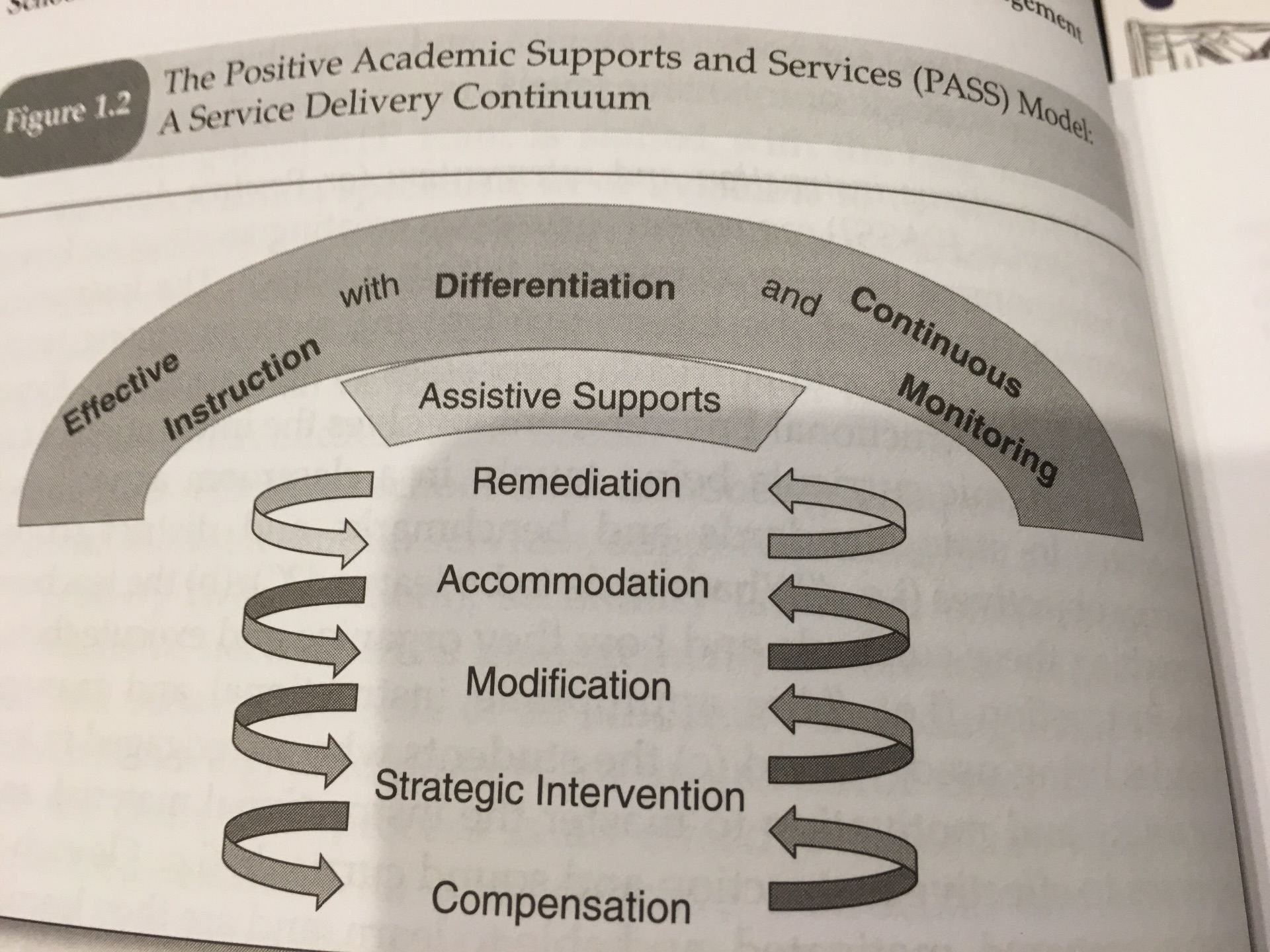8 Reflective Questions to Help Any Student Think About Their Learning – Teachthought blog
1. What surprised you today, and why?
2. What’s the most important thing you learned today? Why do you think so?
3. What do you want to learn more about, and why?
4. When were you the most creative, and why do you think that is?
5. What made you curious today? How does learning feel different you’re curious?
6. When were you at your best today, and why?
7. (Assuming we were studying the same thing and you could decide and have access to anything), where would you start tomorrow? Why?
8. What can/ should you do with what you know?
Hinge Point and Diagnostic Questions
http://schools.spsd.sk.ca/cgtrenewal/wp-content/uploads/2013/06/Hinge-Point-Questions.pdf
https://medium.com/eedi/what-is-a-diagnostic-question-13bb85c64062
https://medium.com/eedi/responding-to-diagnostic-questions-in-class-a33fd89430ff
http://www.ascd.org/ascd-express/vol8/817-silver.aspx
http://assessment.tki.org.nz/Moderation/Moderation-professional-learning-modules
Dylan Wiliams Resources
Blog Article: Discussion Techniques
Blog article: Project Management
https://www.edutopia.org/article/project-management-middle-school
I would like to use this as a model to Inquiry Learning this year.
Paragraphs – a Rubric
Rating Descriptions
0 – The use of cohesive devices is limited, making it difficult for the reader to follow the line of argument.
1 – The writer has followed a clear structure, but needs to deal with a single topic/ idea in each one. More connectives (e.g. in other words, consequently, finally, furthermore, for example, on the other hand) will also make the text more cohesive.
2 – The writer has followed a clear structure in each paragraph, using openers, closers and connectives effectively, and each paragraph deals with a single topic/ idea. Work at the sentence level (theme at the beginning of sentence) and at the word level (antonyms, synonyms, repetition) will help to make this text more cohesive.
3 – The structure, paragraphs, sentences, vocabulary, and use of connectives make this a very cohesive and coherent text so that the reader could easily follow the line of argument and be persuaded.
School Discipline, Classroom Management and student Self-Management – Knoff
Assistive supports – specialised equipment, technologies, medical or physical devices, and other resources that help students
Remediation – strategies that teach students specific, usually prerequisite, skills to help them master broader curricular, scope and sequence, or benchmark objectives
Accommodations – change conditions that support student learning – such as the classroom setting or setup, how and where instruction is presented, the length of instruction, the length or time frame for assignments, or how students are expected to respond to questions or complete assignments.
Modifications – involve changes in curricular content – it’s scope, depth, breadth, or complexity
If target students don’t respond more significant or complex approaches from the next areas may be needed:
Strategic interventions – focus on changing students’ specific academic skills or strategies, their motivation, or their ability to comprehend, apply, analyse, synthesise, or evaluate academic content and material. Strategic interventions typically involve multidisciplinary assessments.
Compensatory Approaches- help students to compensate for disabilities that cannot be changed or overcome

